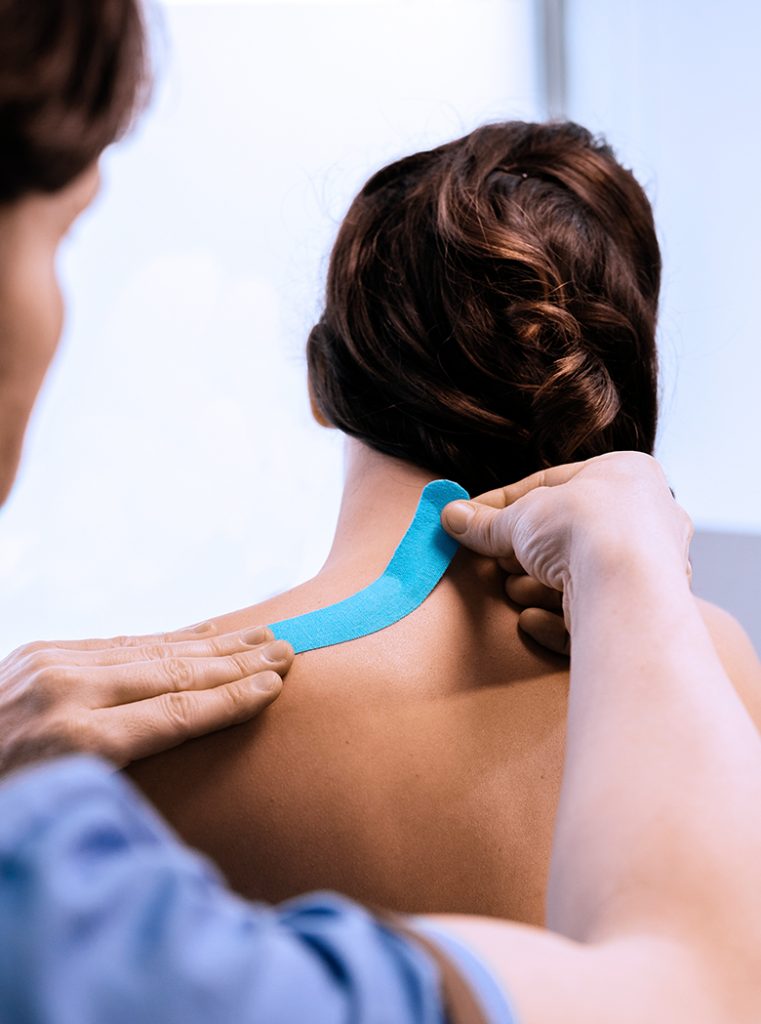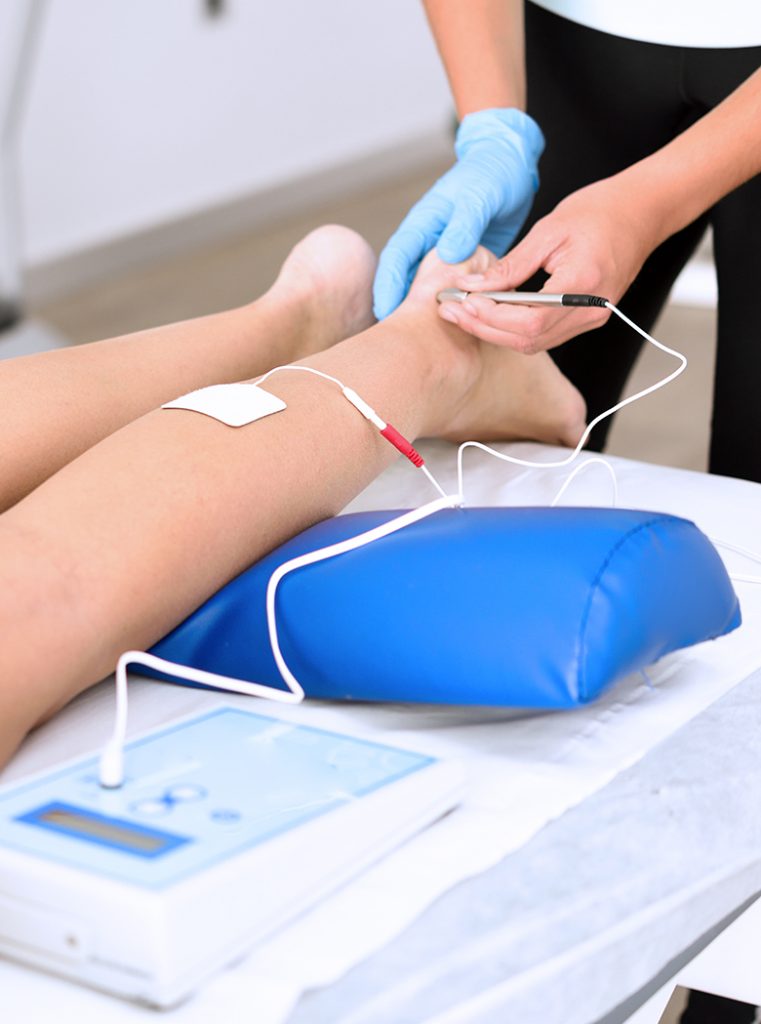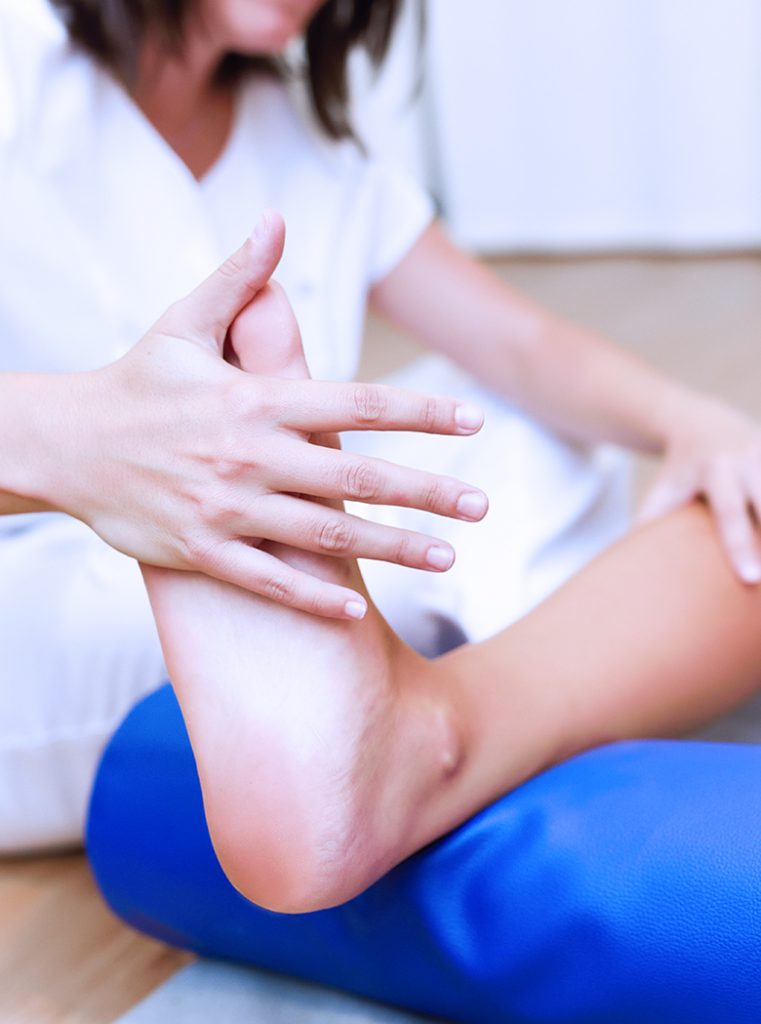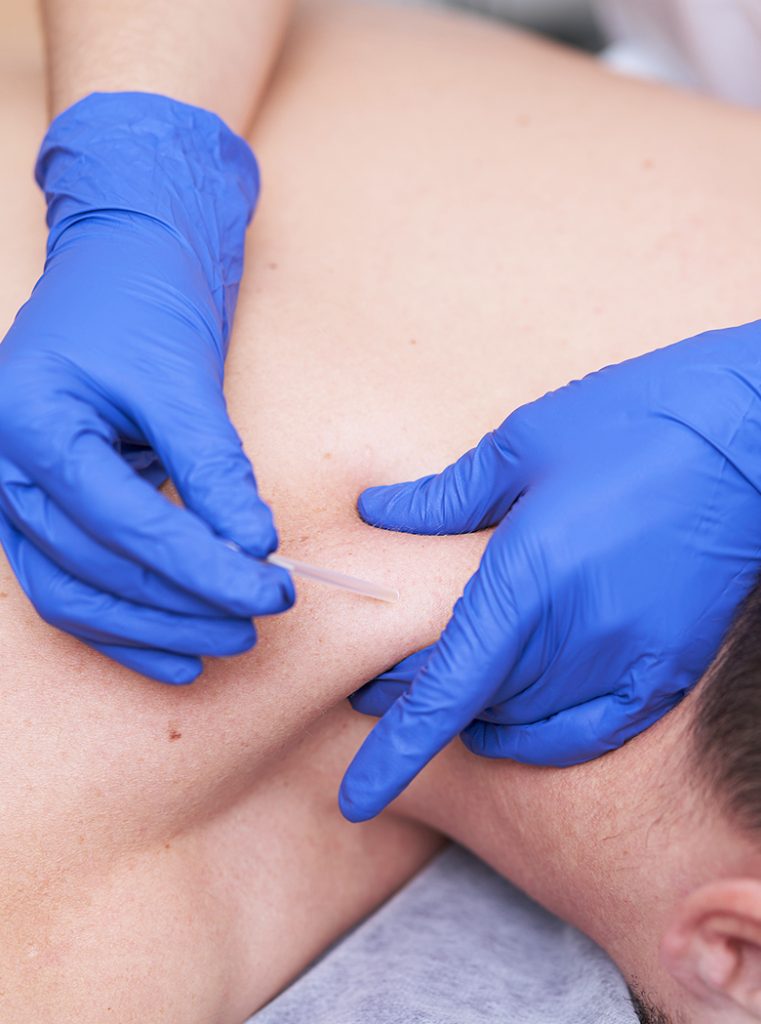Physiotherapy
“We support you in making the most informed choices.”
Physiotherapy, also known as Physical Therapy, has evolved to become a primary health care modality in Canada. The Physiotherapy profession in BC is regulated by the College of Physical Therapists of BC (CPTBC). A physiotherapist or physical therapist is a health care provider with in-depth knowledge about biomechanics, rehabilitation and human anatomy and uses hands-on clinical skills to assess, diagnose and treat a variety of physical conditions. Treatments usually include manual therapy techniques, electrotherapeutic and mechanical agents, and active rehabilitation.

Ultrasound
therapeutic ultrasound can be used for two different effects, thermal and non-thermal. Both can help enhance healing by increasing tissue extensibility, reducing pain, reducing muscle spasms, increasing enzymatic activity and increasing speed of cellular processes.
Shockwave Therapy
Shockwave therapy is a treatment that can be used to cure tendonitis, hypertonic muscles, plantar fasciitis, various sports injuries such as jumper’s knee, hamstring tendinopathies), frozen shoulder and rotator cuff injuries. Shockwave therapy increases collagen production, blood flow, metabolic processes and tissue regeneration via strong energy pulses that stimulates the injured area. In many cases, patient’s have had noticeable improvements after 1 session of shockwave therapy.
Manual Therapy
Joint mobilizations, muscle energy techniques, myofascial release
Joint Mobilizations
Joint mobilizations are a manual therapy technique that involves passive joint movement of various speeds and amplitudes. Benefits include pain relief, increased range of motion, and reduced fear avoidance behaviours towards movements.
Muscle Energy Techniques
This muscle stretching technique helps patients improve their range of motion, helps relax tight muscles and helps with chronic pain relief. The therapist will stretch the muscle for a period of time and afterwards the therapist will instruct the patient to contract the muscle of interest for a short time before stretching the same muscle again.this technique helps the muscle reset to its original resting length neuromuscularly.


Myofascial Release
The therapist will use hands-on techniques to eliminate or reduce tight bands or nodules in tight muscles. This treatment method targets tightness in muscles that can cause a decreased range of motion, chronic fatigue and tightness, poor posture and muscle weakness.
Therapeutic Exercise
After the therapist carefully and systematically assesses and diagnoses your pain, you may receive a personalized exercise program to help improve your flexibility and strength. Many different chronic conditions greatly benefit from resistance and cardiovascular exercise. There will be pain associated with muscle soreness that you may get with any exercise, however this is a normal part of this treatment and results do tend to be long lasting and often permanent with proper adherence to a home exercise program.
IMS
IMS aka dry needling is a treatment method in which a thin acupuncture needle is inserted through the skin and into the muscle for the treatment of myofascial pain, neuromuscular dysfunctions as well as conditions that cause neuropathy or radiculopathy. Overall, patients that receive IMS/dry needling experience pain relief, increased muscle function and increased range of movement. Mechanisms of this treatment method is still not widely understood, however it is known to have the effect of “reseting neurological systems that are contributing to pain.”

